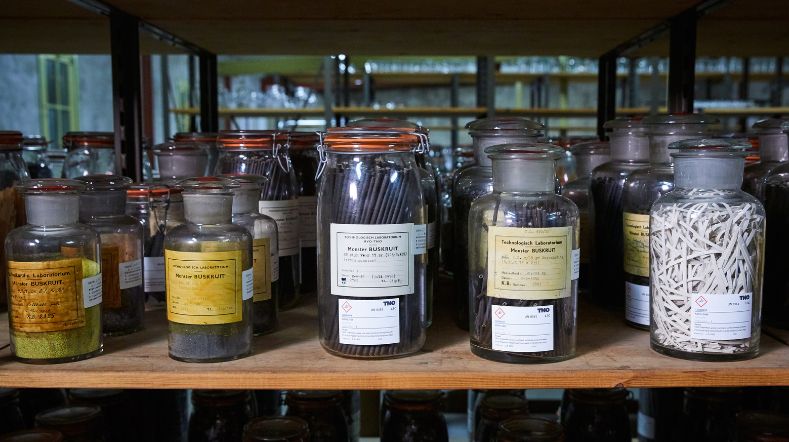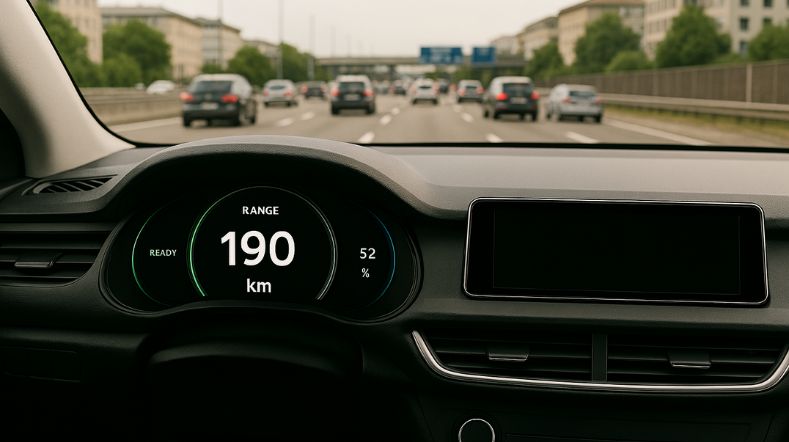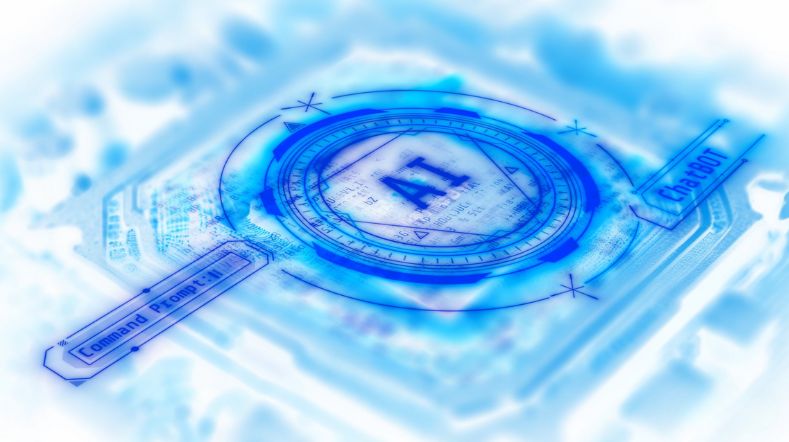
Measuring methane emissions at sea? TNO has a solution
Methane is a powerful greenhouse gas and is the biggest contributor to global warming after CO₂. It is therefore important to limit methane emissions as much as possible. This also applies to the sea. The Dutch oil and gas industry has managed to reduce the methane emissions of its production installations. And not only on paper. Through on-site monitoring measurements TNO has established that the actual emissions are in line with the estimates.
“When we announce that we have reduced our methane emissions, it's not as if everyone believes us right away,” says Aart Tacoma, Secretary for Health, Safety and Environment at NOGEPA, the Netherlands Oil and Gas Exploitation and Production Association.
“I can still remember a meeting, in 2017. The room was full of critics of the oil and gas industry. ‘You were telling us all these wonderful stories,’ they said, ‘but what your figures for actual emissions are not transparent. So the methane emissions you report are probably lower than they really are,’ we were told.”
Understandable criticism
“That was quite confrontational, but I understood their criticism,” he continues, “because the figures are in an electronic database of the RIVM (Dutch Public Health Authority), which you can only access with an account and a password. The tables do not show the share of the gas industry. So no, it's not particularly transparent.”
Officially established down standards
Neither is it the case that production plant operators in the North Sea have sophisticated measuring equipment at their disposal. They determine their methane emissions on the basis of officially established standards. “We thought that by complying with all the regulations and agreements on emission reporting, we were being transparent about our emissions. But then it turned out that while the government can see all the data, our information is not accessible to outsiders.”
Reality check
This of course raises questions. Because to what extent do the protocol-based reports correspond to reality? So there was a need for a reality check. “But of course we should not do that ourselves,” Tacoma emphasises. “We went in search of an independent party with the experience and equipment to measure methane emissions. And that was TNO. They already had experience with methane emission measurements on land. We provided a ship, and the research team hoisted their equipment onto it for the first time in 2018.”
Global first
In the North Sea, the Dutch oil and gas industry has about 150 production installations. And TNO has determined the methane emissions of some 50 platforms. A number of these were selected in advance, but a large number of platforms were examined at random.
“Those measurements were a challenge,” says TNO researcher Ilona Velzeboer. “We already had experience with measuring gas wells and onshore installations. Aerodyne was also commissioned by EDF, the Environmental Defence Fund, to investigate methane emissions from the Groningen gasfield. The measured emissions were higher than those resulting from the total emission registration, but higher emissions were reported for the various installations than those measured by EDF. However, the same study showed that emissions from the Dutch gas industry were much lower than in America.”
“What I want to say is that it was the first time we had done this kind of measurement offshore. And the special thing about our method was that we had contact with the operators on the platforms, which enabled us to use a measurement method based on tracer gas. It was the first time that research had been done in this way anywhere in the world. So a unique approach.”
Calculating back
As tracer gas, TNO used a harmless gas that is easy to measure. And that tracer gas was released by the platform operators. The exact quantity involved was known. Then the TNO team on the ship was able to work with the measuring equipment to measure the quantities of tracer gas and methane. These measurements allowed them to determine how much of the original tracer gas had been blown in their direction by the wind. If that percentage was known, they could then calculate the total methane emission of a platform based on the measured amount of methane.
False start
So much for the theory. Practice, however, proved to be more difficult. During the first measurement campaign, in June 2018, things went wrong. And here and there it went badly wrong. On the one hand, this was because the tracer gas and a large part of the methane emissions from the platforms were emitted above an inversion layer. Those emissions did not descend to sea level. So there was nothing to measure. “During the second measurement campaign, in late 2018, together with the platform operators, we set it up differently,” Velzeboer recalls. “The tracer gas was this time released through a hose. Moreover, we had checked beforehand with the Dutch national weather service, the KNMI, what the weather conditions would be like during the measurements, and they turned out to be much more favourable. And then things went well.”
Sniffers on the platform
To make the measurement programme transparent, Tacoma says it took more than the measurements the TNO team took from a ship. “During those measurements, our people were on the platforms. And then someone might think that they were all putting their fingers in holes to prevent methane from leaking out. That is why, during the first measurements on the platforms, specialists from The Sniffers were also present. The people from this company, which specialises in emission measurements, tried to detect and quantify emissions on site using their special equipment. With the standard method that they use in the rest of the world, they found nothing at all. They then switched to bagging, a technique in which they succeeded in detecting very small leaks using special bags. That confirmed to us that we were not doing so badly at all.”
Also present: inspectors
“And that wasn’t all,” he continues. “We had also invited inspectors from the State Supervision of Mines to verify that the production facilities where measurements with tracer gas were carried out were producing gas under normal conditions. They did indeed establish that. And so also that TNO’s measurements reflected the emissions from the normal operation of those installations.”
Comparison with Romania
The conclusion? “The emissions reported by the oil and gas companies corresponded to what we measured,” summarises Velzeboer. “We did see that the methane emissions of some production plants were slightly higher or lower than others. This often had to do with the age of the installations. The older ones simply released more. There were never any major leaks. Very different from Romania, where we also measured methane emissions from the oil and gas industry. The situation there cannot be compared to the Netherlands. The emissions there are disturbingly much higher. So I think the Netherlands has really got it right.”
Possible cooperation with America
“It was also very instructive for TNO,” she emphasises. “For example, thanks to the cooperation with NOGEPA, we were able to develop a new measurement method that provides data that we really support. Interest was also shown from America in 2019, during the NCGG8 conference. Aerodyne has done measurements on platforms in the Gulf of Mexico in cooperation with EDF, but without tracer gases. They would like to do that in cooperation with us. But then corona came along. So that’s been put on hold for now. But we will undoubtedly pick up this collaboration again soon. And it would be even better if the new measurement method were also used in other countries. We are therefore also working on a scientific publication about this method.”
Up another gear
End of the story? No. “Since the methane emission measurements from TNO, we have gone up a gear,” Tacoma reports. “In an agreement with the Ministry of Economic Affairs and Climate Policy, we promised in August 2019 that we would reduce methane emissions from offshore gas production by 50 per cent before 31 December 2020 compared to the emissions in 2017. This required a huge effort from the oil and gas companies. But they succeeded.”
Learn more about the TNO study. Contact Ilona Velzeboer.
Get inspired
Assuring Digital Identity

Why continuous knowledge development is crucial in munitions safety


How far can you travel in an electric car?


HyFINE: Pioneering sustainable routes for specialty and fine chemicals


From reactive to proactive: How organisations gain control over GenAI governance


